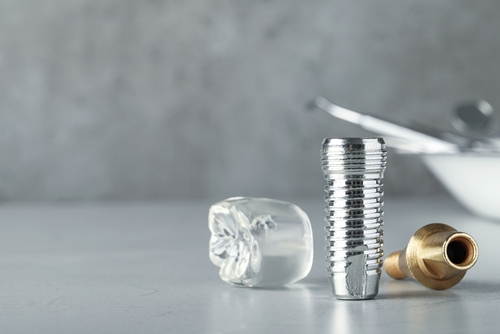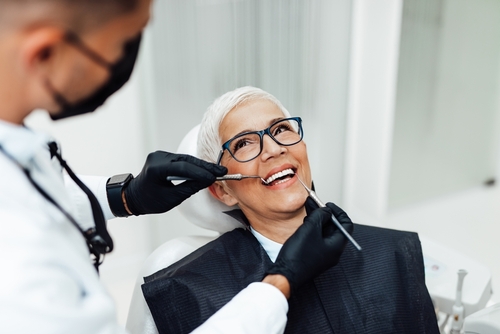Bone Grafting: Everything You Need to Know
Dental procedures can sometimes feel like deciphering a complex puzzle. Among the myriad of terms like ‘root canal’, ‘bridges’, and the increasingly popular ‘all-on-4 dental implants’, the phrase “bone grafting” might seem especially intriguing. It’s not just jargon; it’s a transformative procedure that fills the gap between nature’s design and modern dentistry’s demands.
Whether you’re curious or considering it for an upcoming procedure in Rancho Bernardo, keep reading to learn more about bone grafts and ensure you step into your next dental consultation well-informed.
When is bone grafting necessary?
This procedure allows surgeons to enhance and reinforce the area, creating a solid foundation for implant placement. It’s a vital step for individuals who’ve encountered specific dental issues, such as those listed below:
- Tooth loss
- Gum disease history
- Facial trauma or injury
- Development defects
There are four primary scenarios where bone grafts play a pivotal role:
- Complex fractures: Bone grafts are effective in treating multiple fractures, especially when they show resistance to healing after the first round of treatment.
- Fusion: Although primarily associated with the spine, this procedure involves joining two bones across a problematic joint using bone grafts.
- Regeneration: In cases of bone loss caused by infection, disease, or trauma, grafting large bones or filling smaller holes is crucial.
- Implant support: This treatment anchors devices like plates, joints, and screws safely and promotes bone healing.
What are the different types of bone grafts?
There are three basic types of bone graft, each with particular advantages:
Allograft
Derived from donor bone tissue, allografts undergo a meticulous cleaning and sterilization process in line with strict public health guidelines. They’re frequently used in spinal fusion surgeries, providing a sturdy base for bone regeneration
Autograft
This technique uses a patient’s own bone, typically from the iliac crest at the hip. While using your own tissue increases the chances of successful fusion, keep in mind that bone tissue can only be collected in limited amounts.
Bone marrow aspirate
The marrow inside our bones is rich in stem and progenitor cells, crucial for bone repair. Once gathered, it can be used on its own or combined with other grafts, speeding up the healing process, especially in allograft procedures.
Synthetic bone graft
Beyond their structural integrity, synthetic bone grafts are also enriched with proteins specifically designed to promote and support bone development.
What are the problems with bone grafts?
Although bone grafts usually heal without any hitches, every surgical procedure is not without its challenges. Here are some of the risks associated with the procedure:
Immediate postoperative complications
When you first step out of the operating room, here’s what might be waiting:
- Blood loss: It’s normal to experience slight bleeding after bone graft surgery.
- Chronic pain: Some people experience discomfort that lingers a little longer, but painkillers can help.
- Fractures: New bone pieces may not fit perfectly, leading to cracks.
- Hardware failure: Occasionally, plates and screws may not hold the graft properly.
- Scarring: Despite the non-invasive nature of the procedure, there is still the possibility of small scarring.
Long-term complications
However, there might be a couple of prolonged challenges, including:
- Bone graft rejection
- Infection
- Nerve damage
Where can I find all-on-4 dental specialists in Rancho Bernardo?
Dr. Dmitry Tsvetov is a facial and oral surgeon with experience in performing diverse dental implant procedures on patients in Rancho Bernardo and the surrounding areas. Whether you’re wondering how all-on-4 works, what materials are best for it, or why you feel pressure on your implants, you’ll find all the answers here. Contact us today to schedule your free initial consultation with our very own Dr. Tsvetov.
Comments are closed.


